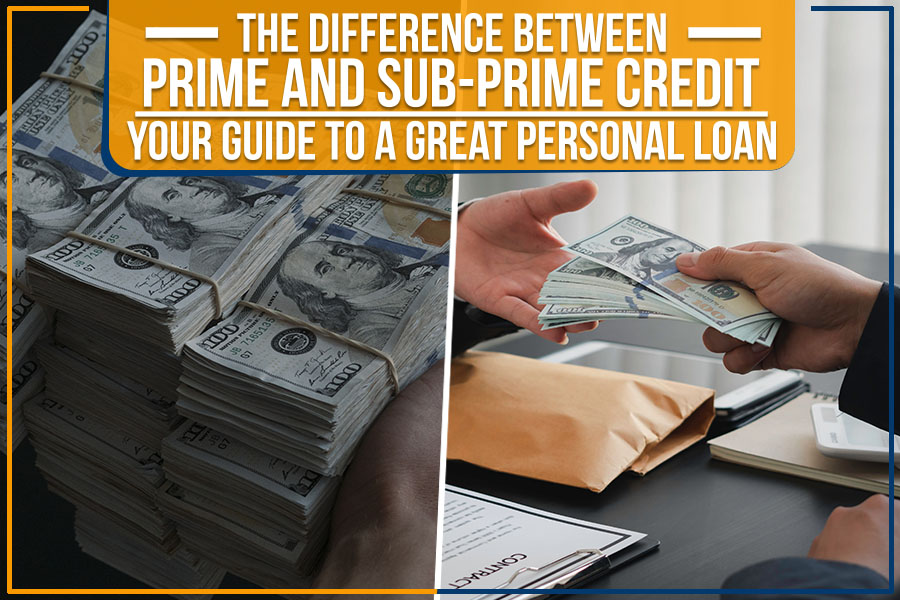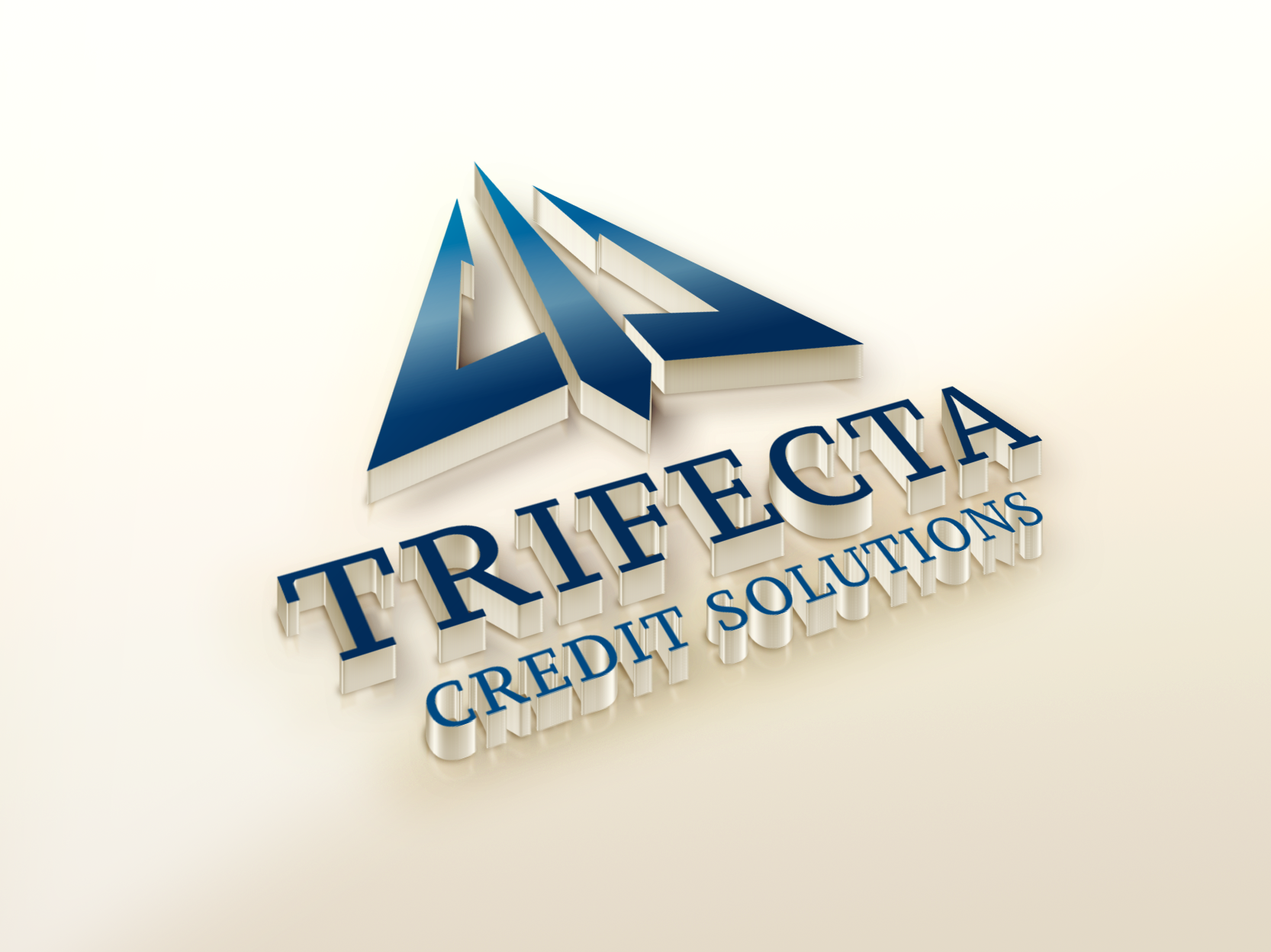Most of us end up taking out a loan at one time or another for various purposes, such as consolidating debt, paying off medical bills, or funding education. But before you decide to borrow money from a lender, you should know about prime and sub-prime credit. Prime will have lower interest rates but may require more extensive paperwork than sub-prime loans. Sub-prime loans offer less stringent requirements on income levels and employment verification; however, they come with higher interest rates, making them costlier in the long run. What type of loan do you think is best suited for your needs? We’ll go into detail about both loan types so that you gain insight into the working of lending institutions and how they categorize different borrowers.
What Does it Mean to be a Prime or Sub Prime Borrower?
A prime borrower has a better credit score and financial history than a sub-prime borrower. Prime borrowers typically have good income levels and employment verification.
On the other hand, a sub-prime borrower has lower credit scores and doesn’t have much financial history.
So, based on your credit history – you’ll be tagged as either a prime or sub-prime borrower by the lender. This will determine what type of interest rates they provide you for your loan request. If there are any issues with your credit history, you may seek assistance from a professional company like Trifecta Credit Solutions LLC.
How are Prime and Subprime Loans Different?
The most significant difference between prime and subprime borrowers is the interest rate they will be charged for the personal loan. It’s generally considered riskier to give loans to subprime borrowers because their credit scores and income levels are lower.
Prime borrowers typically qualify for the best interest rates (and terms, like repayment flexibility). Subprime borrowers will be offered higher-interest loans that will also include more stringent requirements. Here are some loan options available to subprime borrowers:
Personal Loan – If you’re looking for a payday loan and need short-term assistance, then a personal loan is the best option. Personal loans are available for subprime borrowers in order to consolidate debt, improve homes, or cover unexpected expenses.
There are certain things that everyone should consider before taking out any form of personal loan: make sure you can afford repayment; look at all options available; shop around for rates & fees; find loans with no hidden costs or obligations and read the fine print thoroughly.
Mortgages – Another option for subprime borrowers is mortgage refinancing. However, this type of loan is usually reserved for prime borrowers and will require a sizeable down payment to secure the deal. It has become increasingly difficult for subprime borrowers to secure a mortgage after the 2008 housing market crash. Today, subprime borrowers looking for a home loan can take out a fixed rate FHA loan; however, they’re eligible for this loan only if they have a FICO score of less than 580.
Getting a loan becomes relatively easier with a well-maintained credit score and an excellent financial history. Trifecta Credit Solutions LLC, the region’s premier credit repair agency, helps you fix your credit through its credit repair program. We also help you secure business loans in Allentown, PA, helping you redeem yourself after facing a slight credit hiccup. Get a free consultation now!







